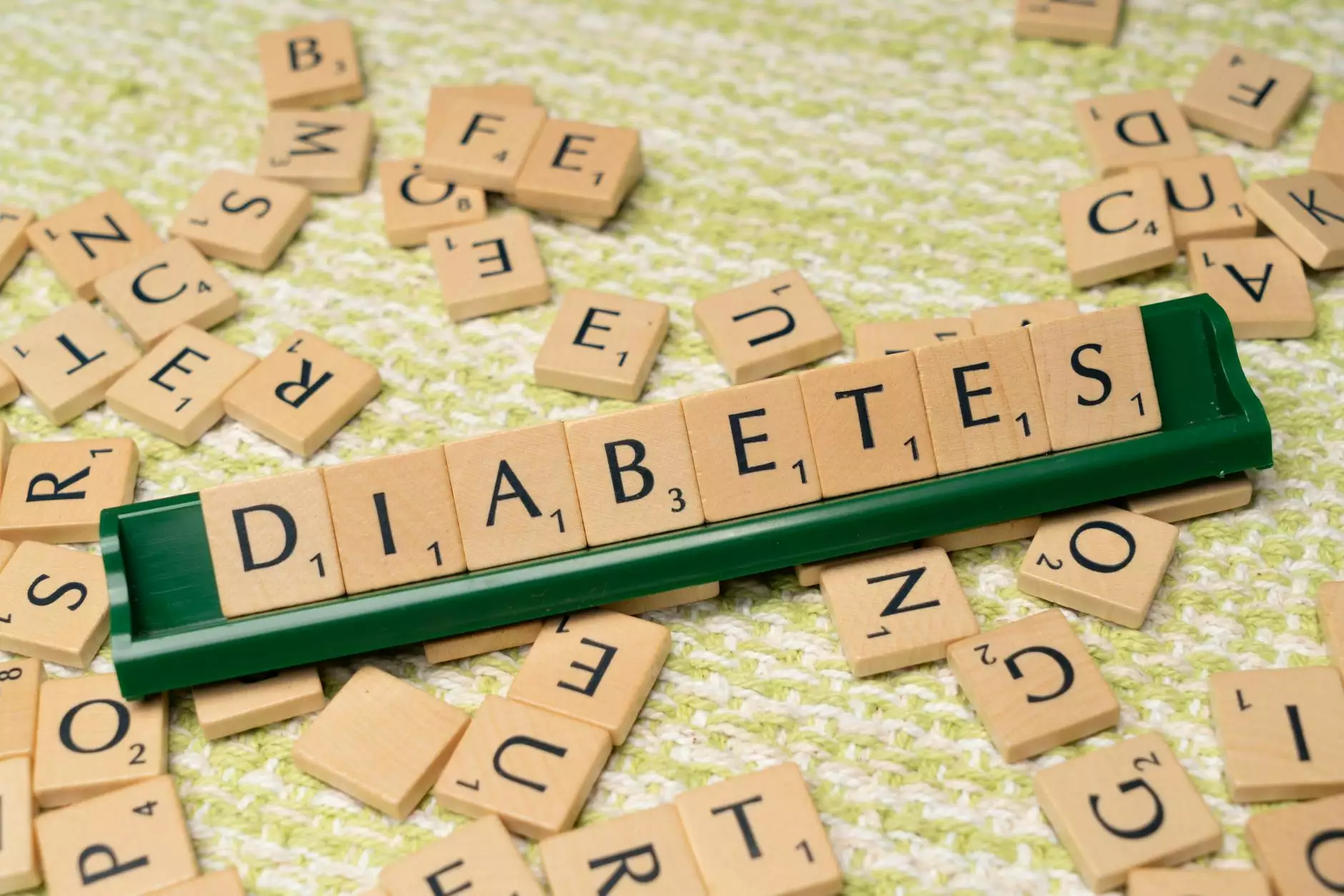Understanding Seasonal Affective Disorder (SAD) and Daylight Savings Time

Introduction
Welcome to the CARE Blog, your trusted source for medical information and expert insights. In this article, we will explore Seasonal Affective Disorder (SAD) and its connection with daylight savings time. Dr. Grim Harley, a highly experienced physician, will provide you with comprehensive knowledge on this topic.
What is Seasonal Affective Disorder (SAD)?
Seasonal Affective Disorder, commonly known as SAD, is a type of depression that occurs during particular seasons, typically in fall and winter when the daylight hours are shorter. It is believed to be related to the changes in natural light exposure, which can disrupt our circadian rhythm and affect our mood and well-being.
The Symptoms of Seasonal Affective Disorder
People with SAD may experience a range of symptoms, including:
- Feeling depressed most of the day, nearly every day
- Lack of energy and increased fatigue
- Difficulty concentrating or making decisions
- Weight gain or increased appetite
- Insomnia or excessive sleepiness
- Withdrawal from social activities
The Relationship between SAD and Daylight Savings Time
Daylight savings time is the practice of adjusting the clock forward or backward to optimize daylight during different seasons. While this may help with energy efficiency and maximizing daylight, it can have a significant impact on individuals with SAD.
Effects of Daylight Savings Time on SAD
As daylight savings time ends and evenings become darker earlier, individuals with SAD may experience exacerbated symptoms. The abrupt change in daylight patterns can disrupt their internal body clock, leading to increased feelings of sadness and fatigue.
Managing SAD and Coping with Daylight Savings Time
If you or someone you know is affected by both SAD and daylight savings time, there are strategies that can help manage the symptoms:
1. Light Therapy
Light therapy involves exposure to bright artificial lights that mimic natural sunlight. This therapy can help regulate the body's internal clock and reduce the symptoms of SAD. Consult with a healthcare professional to determine the most effective treatment plan for you.
2. Establish a Routine
Creating a consistent routine and incorporating regular exercise, a balanced diet, and adequate sleep can have a positive impact on managing SAD and mitigating the effects of daylight savings time.
3. Seek Support
Reach out to a healthcare provider who specializes in mental health to discuss your symptoms and explore potential treatment options. They can provide personalized guidance and support throughout your journey.
Conclusion
In conclusion, understanding Seasonal Affective Disorder (SAD) and its connection with daylight savings time is crucial for those affected by this condition. By implementing various strategies, such as light therapy, establishing routines, and seeking support, individuals can effectively manage their symptoms and improve their overall well-being.
Visit Grim Harley, MD's website for more informative articles and expert insights on various medical topics.










